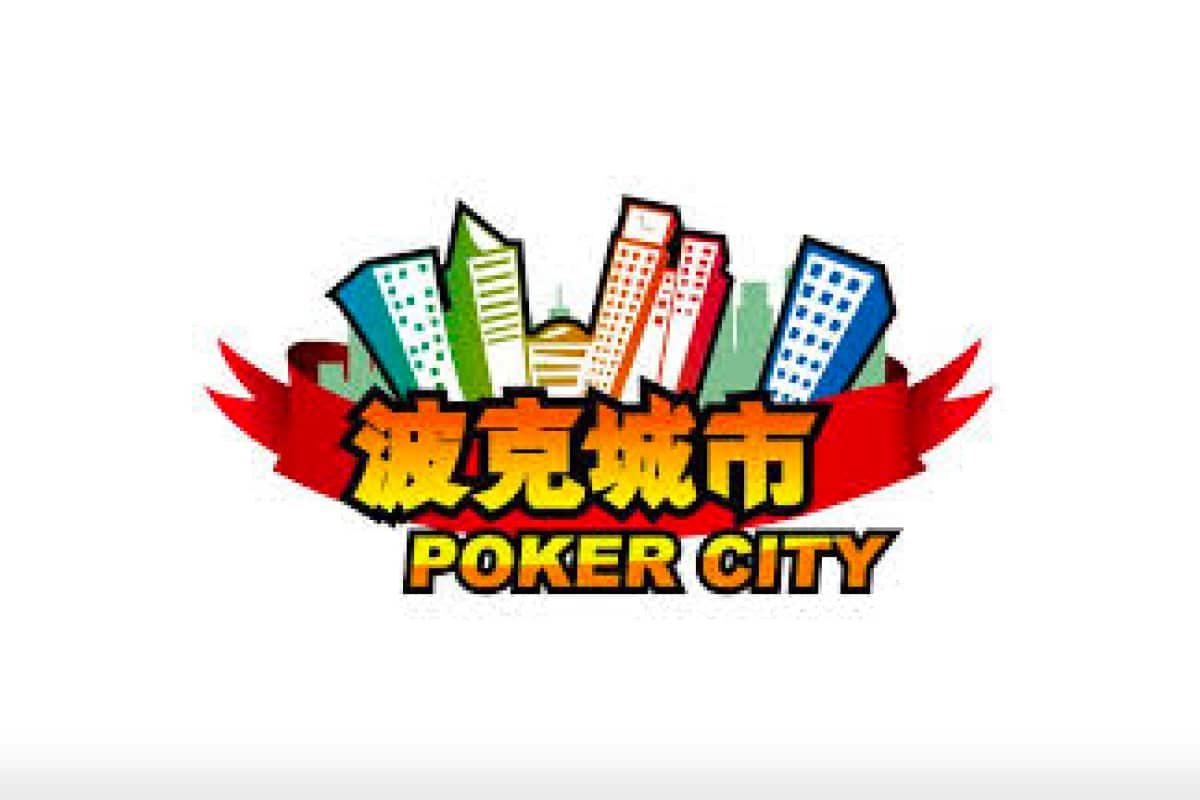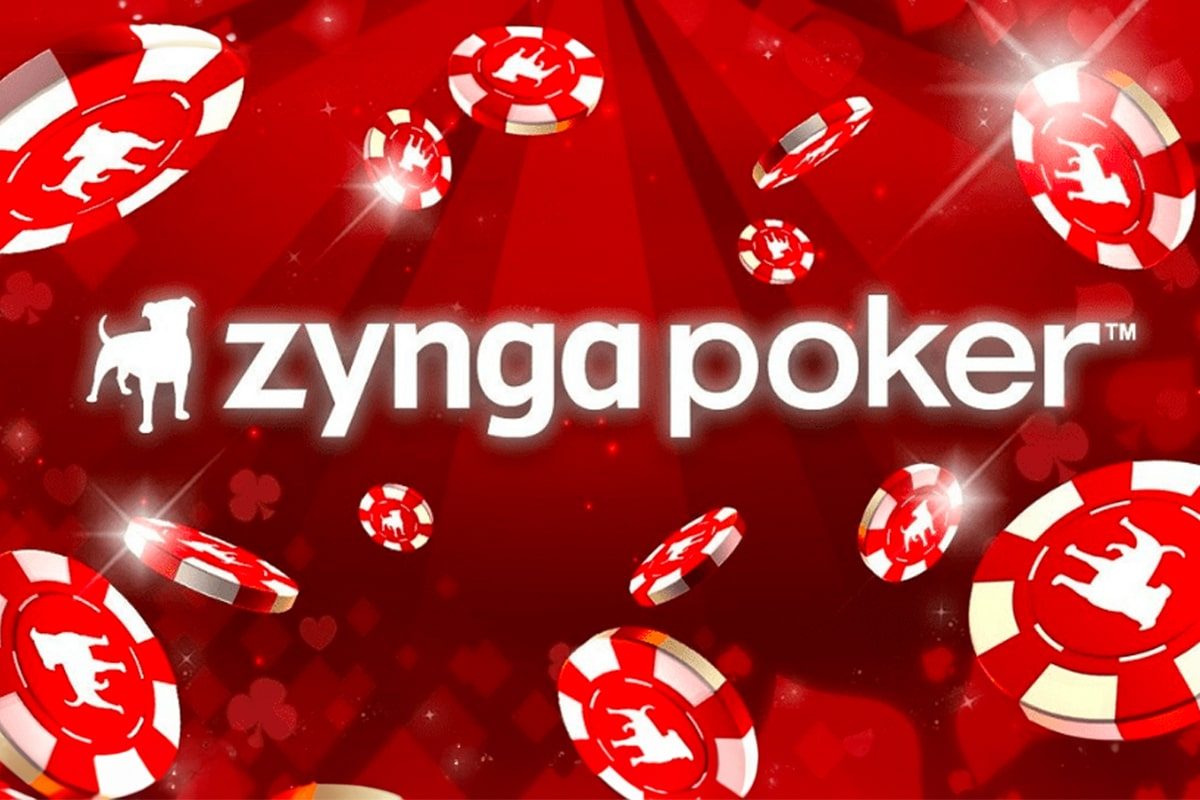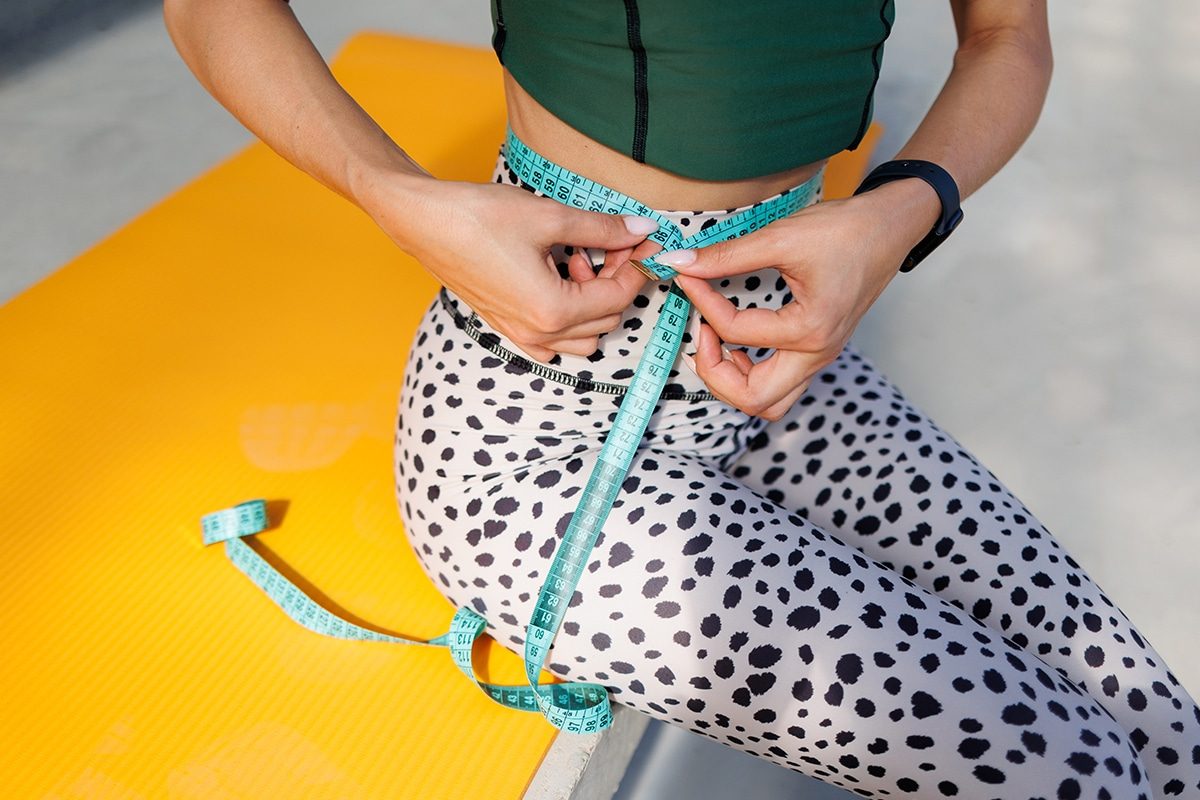About
Jamboard was an innovative collaboration product that was part of the Google Cloud division at Google. Jamboard consisted of a 52” TV sized hardware device that was similar to players like WebEx Board, Zoom Board and Microsoft Surface.
This hardware device came with its own editor called Jamboard for the web, mobile and tablet devices. Similar competitor products are FigJam, Mural.ly and Miro.
Jamboard for web, mobile & tablet has been discontinued recently by Google though it was used heavily internally as well as by a few large enterprises as well as schools.
The challenge
At the time of joining Jamboard in October 2018, Jamboard as a product had a few major challenges that was preventing adoption. One of the primary challenges was the overall usability of the product for new users across all surfaces. In short the editor for web, mobile and tablet as well as TV hardware was struggling on task success for the key customer user journeys we had identified as primary for the product. As a result, users would either try the product & abandon it out of frustration leading to lower engagement and lower than desired c-SAT scores.
Task success is an internal metric used in UXR testing to test how many users can complete a task without assistance. It’s a measure of that “pick up and go” for software that captures the essence of ease of use so many companies strive for.
The work
Product strategy: editors and first time user experience
Sim partnered with the team and leadership to get clear on who to design & build for. Specifically, we aligned on targeting first time users in enterprises and increasing our focus on the editors not the TV hardware in-order to enable a bottoms up sales strategy for Google Meet. This repositioning of the target audience as well as who we were targeting & how we planned on reach our users set the stage for a redesign of the product.
Simplify the user journey: whiteboard without hand holding
In partnership with design, engineering and UXR – in an agile, iterative fashion – Sim the founder led a redesign of the editor across all surfaces to make it simple to use Jamboard. In addition, we redesigned the user flow for opening & saving Jam files on the TV hardware from web, mobile & hardware so that the entire ecosystem became much simpler to use.
This project took almost ten months to come to fruition given the size & scope of the project redesigning tens of flows, deprecating some existing features that were underperforming, and validating plus co-ordinating the launch across all surfaces to our enterprise customers.
Public press: read about the work
You can read the media article about the redesign here:
Article from news media
Outcome
After the launch of the Jamboard editor, we achieved a 50% WAU engagement on the editor across all surfaces. Usage on a WAU & MAU basis doubled. Key tools such as the laser pointer which were hard to discover in the prior design & therefore had low usage suddenly became high in engagement demonstrating the power of ease of use.
These redesigns occurred in October 2019 prior to the Covid-19 pandemic. Upon remote work being more popular in January 2020 Jamboard suddenly was used by millions monthly. Without the redesign of Jamboard, it’s highly unlikely Google Meet would have been prepared for the influx of traffic & retained this traffic plus there would have been potentially poor PR comparing Jamboard to more usable products like FigJam or Miro.
Key Impact
WAU engagement up 50% with millions of users able to use a useful app during the 2020 remote work pandemic
“
Sim had a strong impact on the customer experience of Jamboard which was a highly complex redesign effort involving many user journeys. This is a good demonstration of having strong consumer product product design sense as well as guiding a team towards a bottoms up SAAS strategy that drove meaningful results.
Subodh C
PM at Google, X-Jamboard





